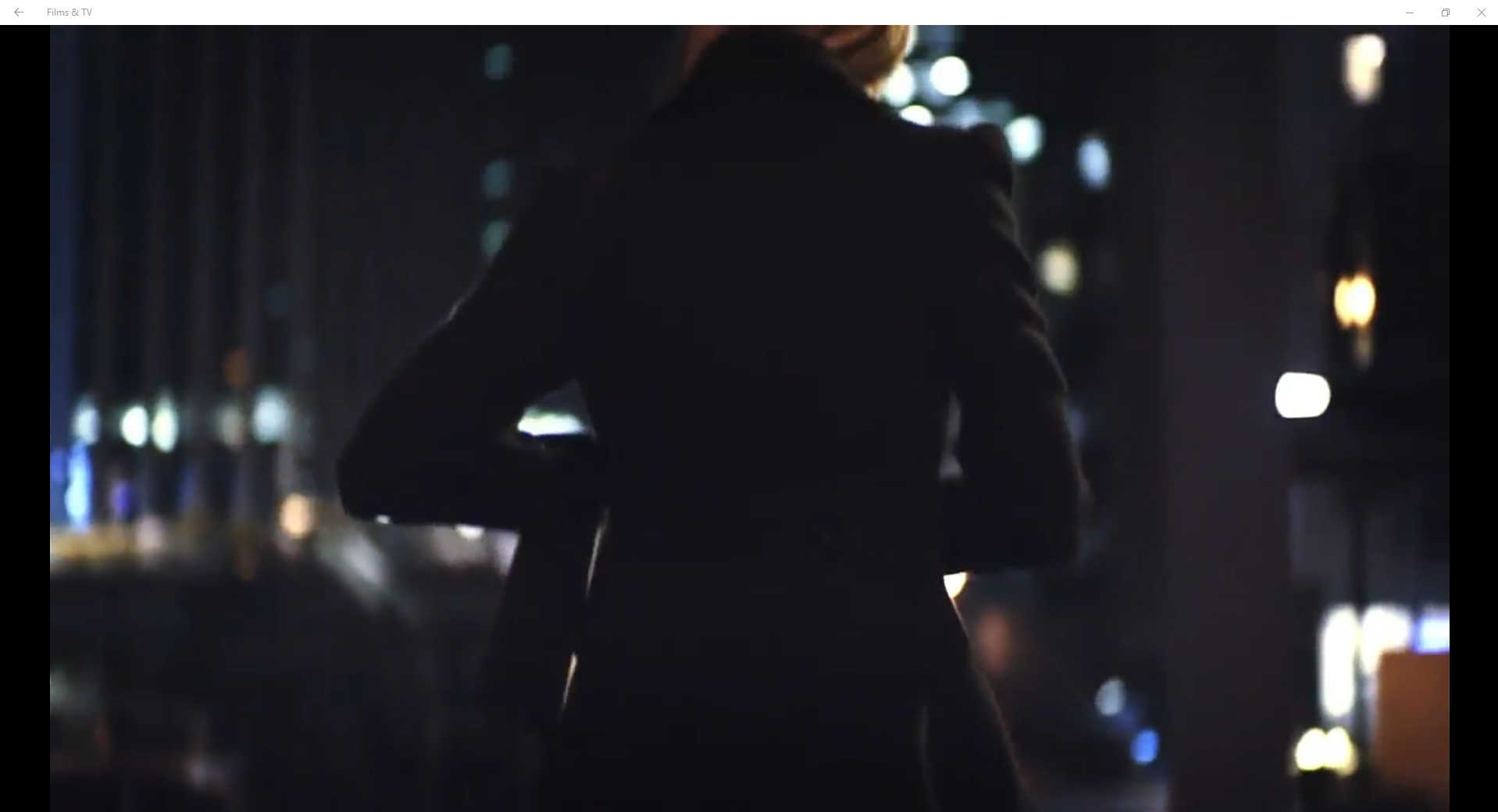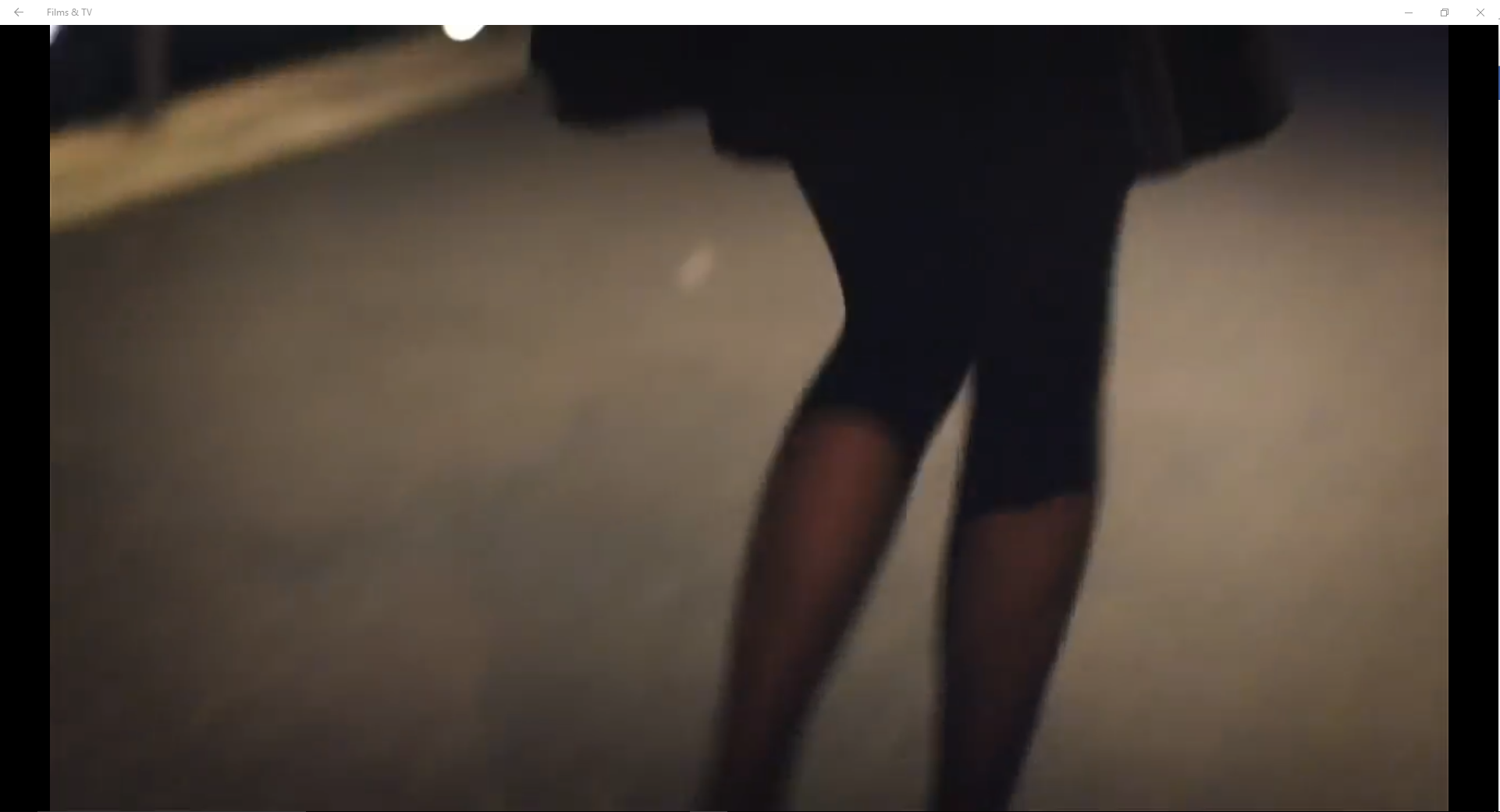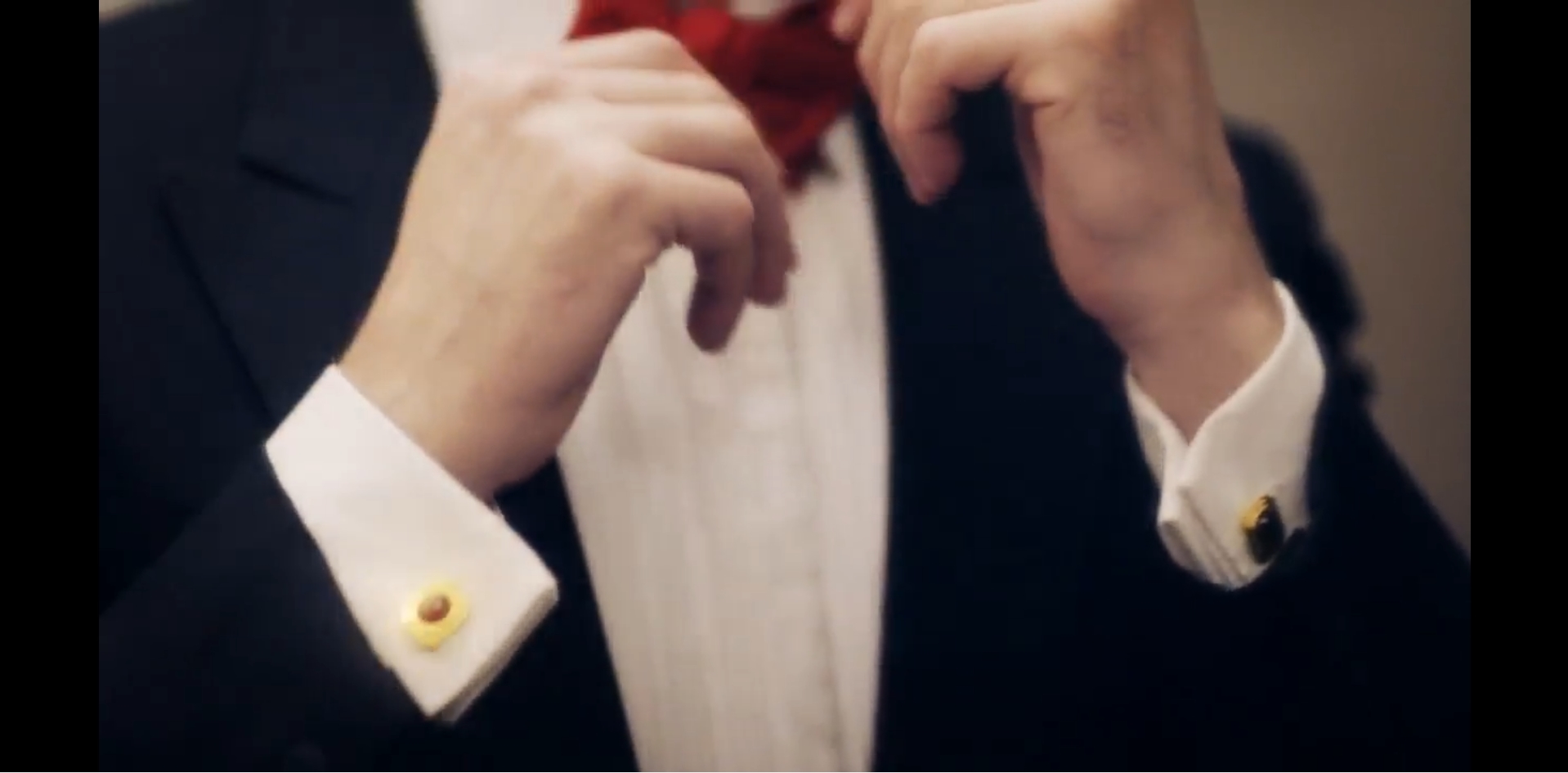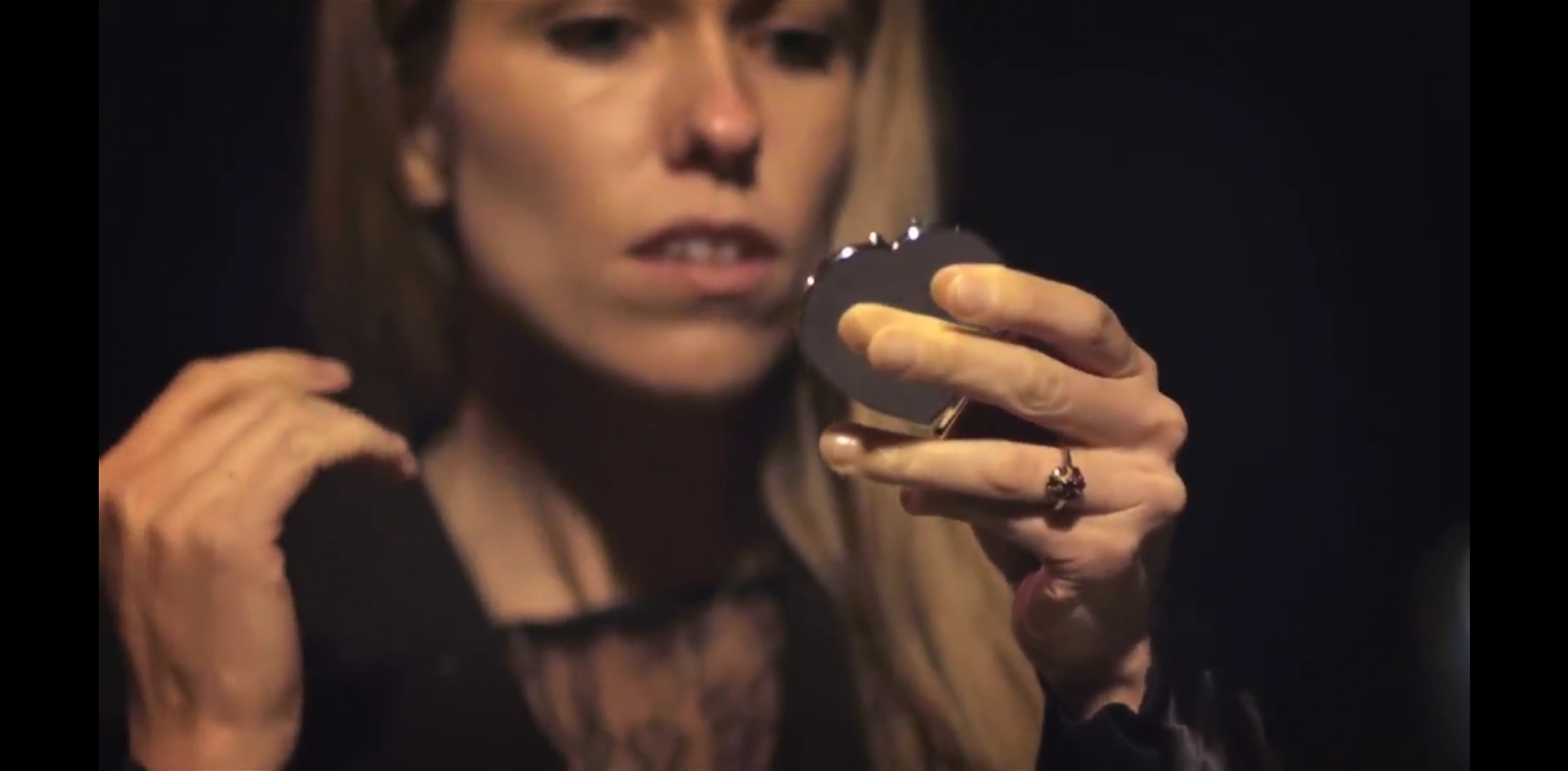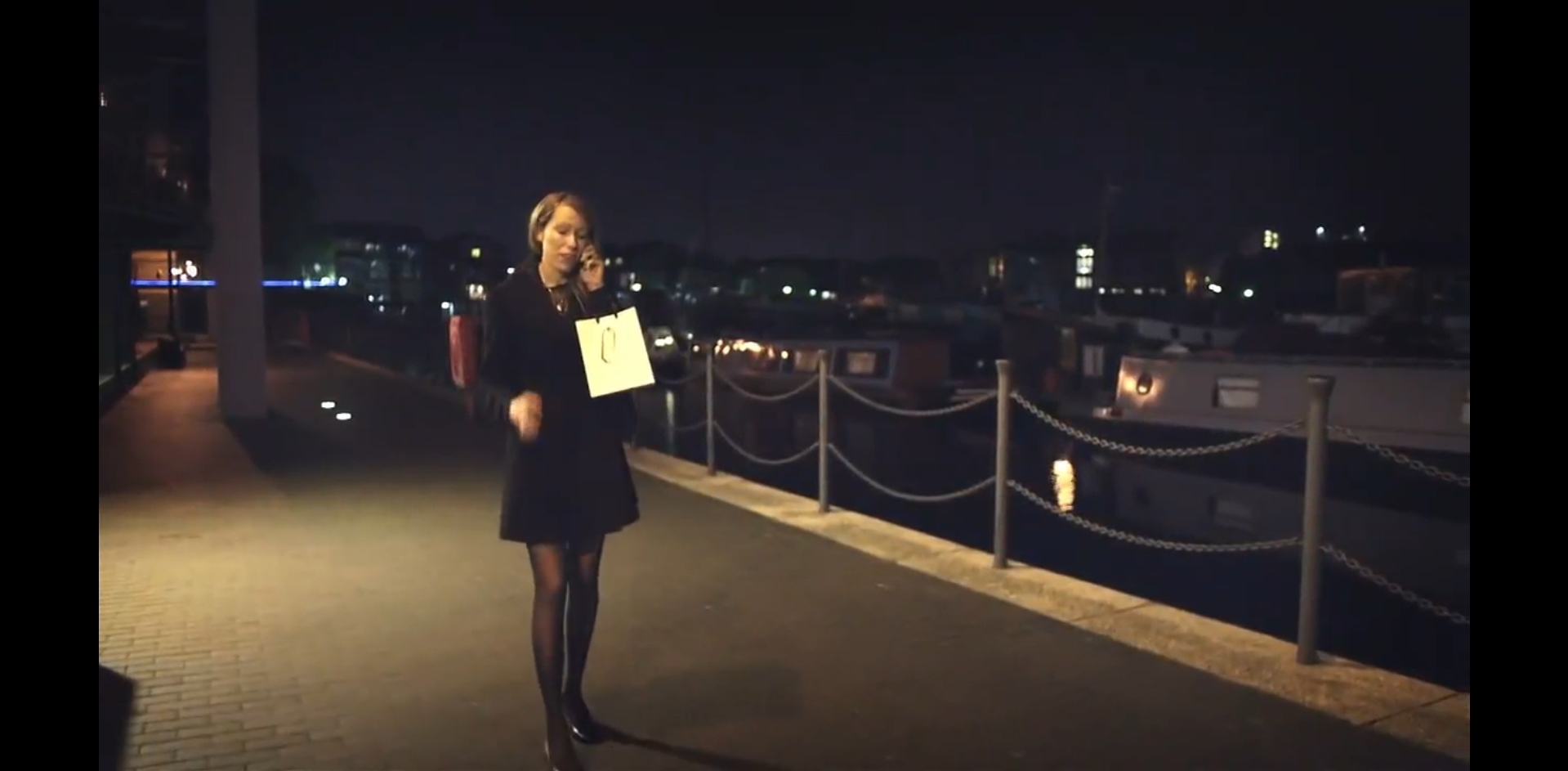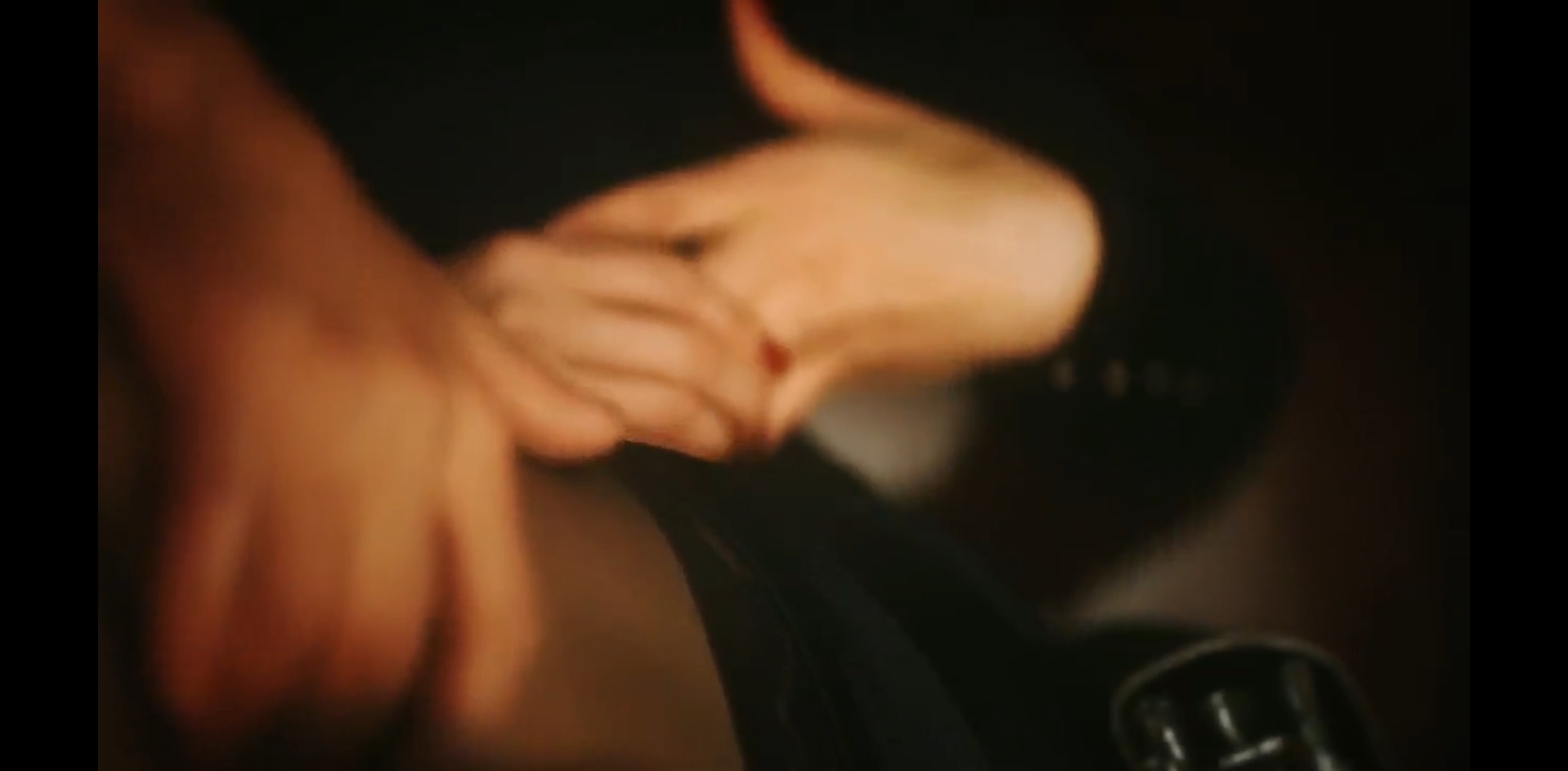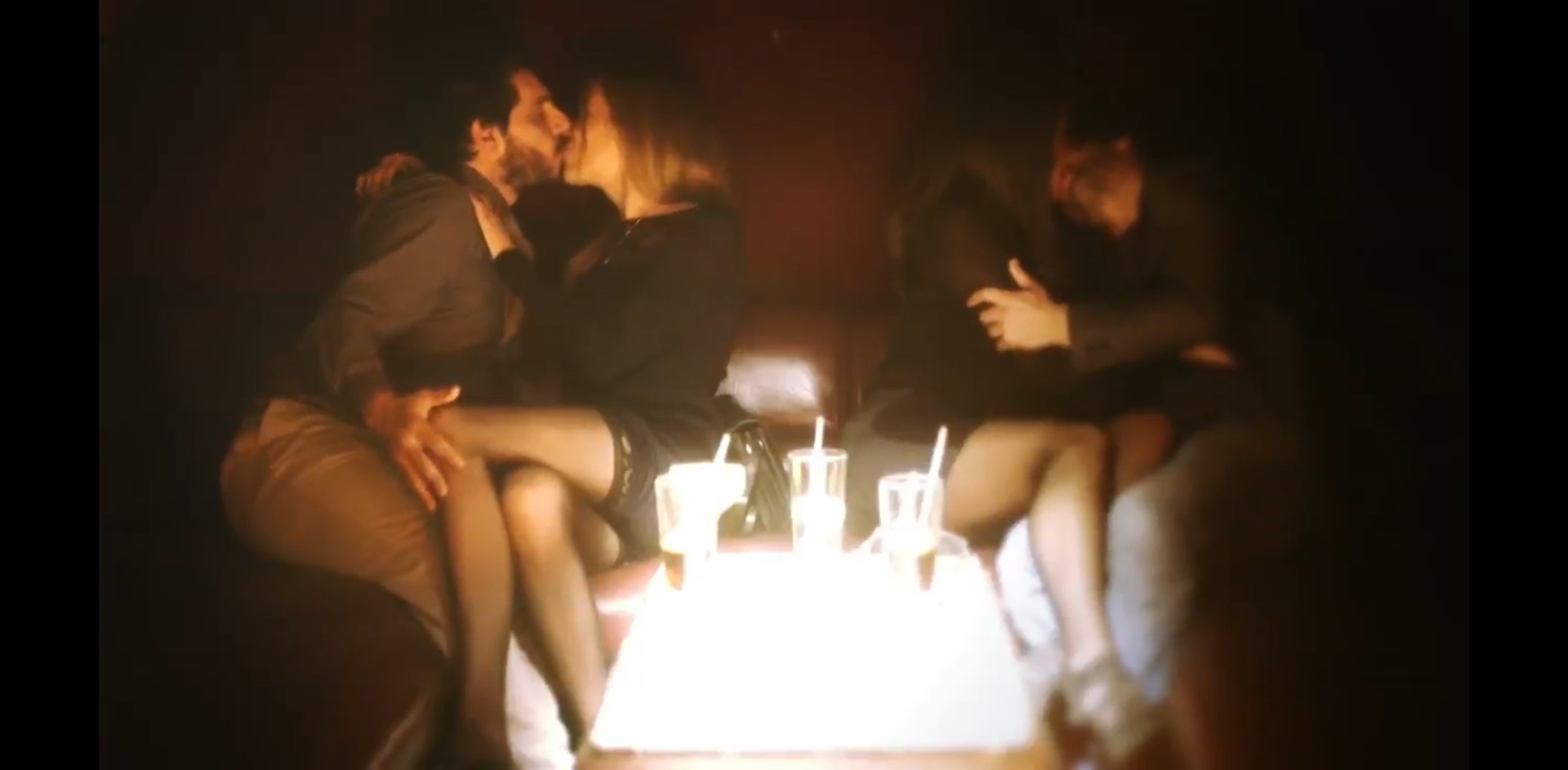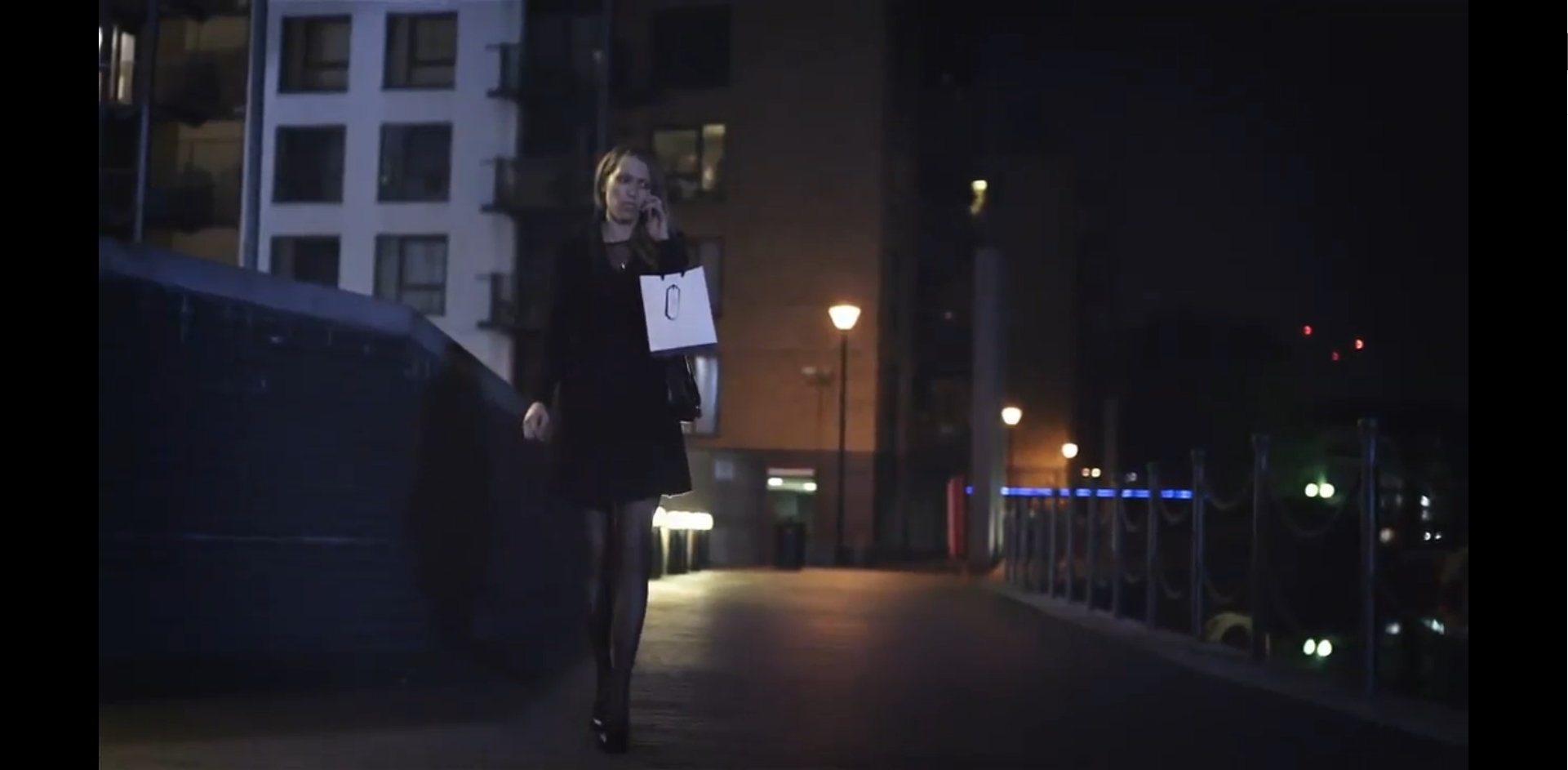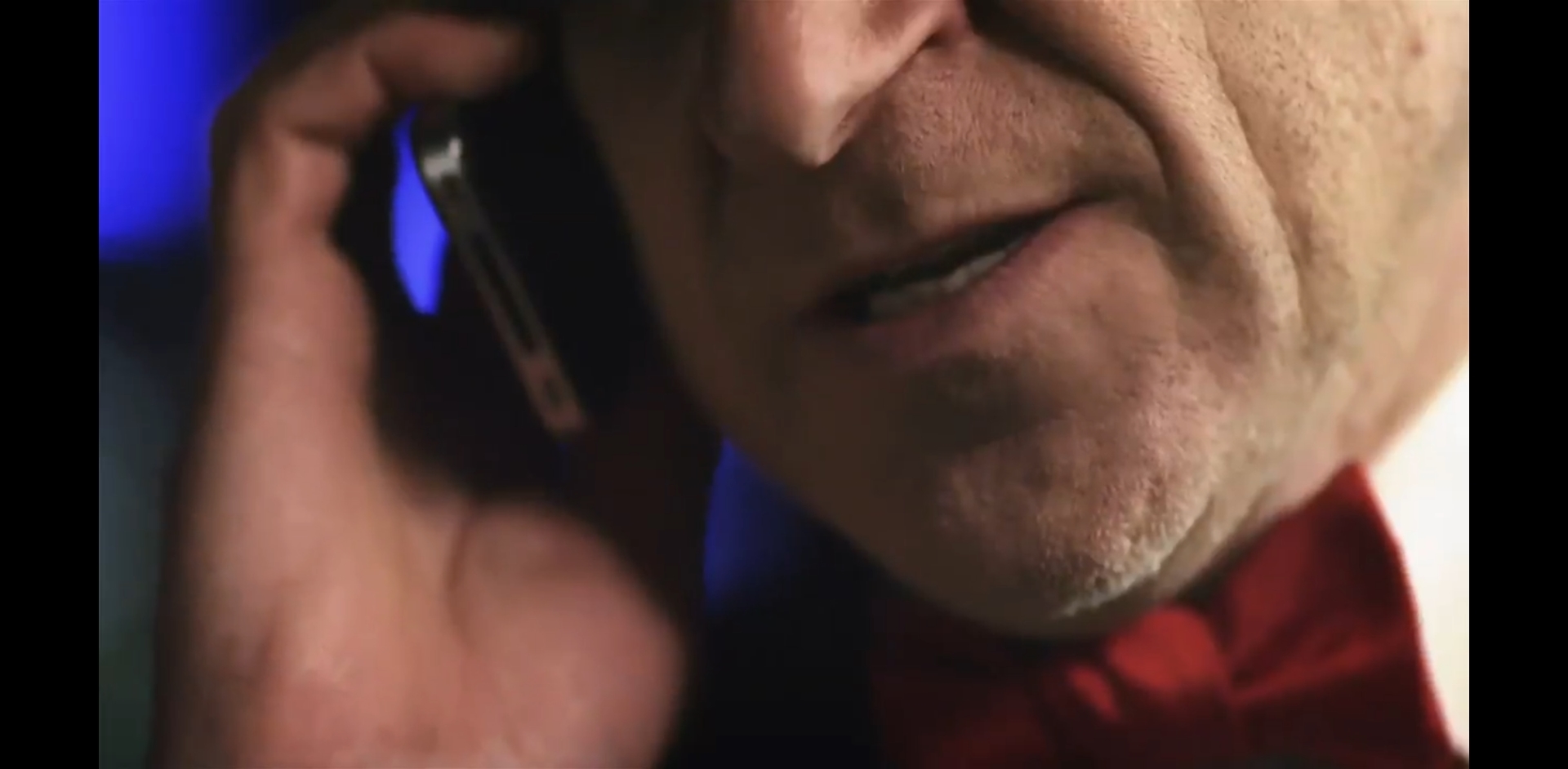Question 1:
Thrillers
are famous for their careful use of lighting, sound, shot sizes and angles and
even the use of body language. Most thrillers tend to make great use of low
lighting, natural lighting and even complete darkness to set the tone and
atmosphere of the film. Shadows are often used also. Certain lighting
techniques are prefect for thrillers as they can keep the identity of a
character secret or not completely known, which is ideal if the thriller is
focusing on a murderer, stalker or perhaps even an assassin or secret agent.
Sound is also another carefully managed technique when producing a thriller
film. Soundtrack, Foley sound effects, diegetic and non-diegetic sound all play
a huge part in the narrative of the story – bringing all of the parts of the
story together and also keeping the film flowing smoothly and more importantly,
ensuring the viewer experiences the correct emotions whilst watching the film.
A fast soundtrack with heavy drums could indicate that a character is in
danger, or desperate to escape a certain situation. A slow soundtrack could be
building its way to a crescendo in order to build suspense and put the audience
right in the shoes of the character. Shot sizes and angles are also very
important in thrillers, as they ensure the viewer is not only focused carefully
on what he or she is supposed to be focused on, but it also gives the director
full control over what is revealed and what is most important. For example a
close up may help the audience to really feel the emotions that a character may
be going through, whereas a long shot may help to represent a character feeling
alone, lost or perhaps in a state of shock. Certain shot sizes and angles may
even aid in keeping a characters face hidden.
Many of
these techniques are used in some of the biggest thriller films or all time.
The Bourne Ultimatum opening features dark (natural) lighting as it is set at
night time.
The camera
is very shaky as the protagonist enters the underground train station. The
soundtrack features a very fast drum beat alongside other fast sounds, this
immediately creates tension in the scene. We then hear a Foley sound of sirens
as he makes his way towards the train station, the sound of the sirens increase
as the characters struggles his way along, clearly injured, his body language
and facial expressions convey this. All of these techniques along with the
shaky camera, dark lighting, soundtrack and sirens all add together to create
tension and suspense, it’s very clear there is a chase going on.
In our
personal thriller opening, ‘Classified’, we tried to stay as loyal to the
thriller genre and it’s conventions as we possibly could in order to complete a very unique
and carefully produced opening.
Our opening begins with our titles because we saw this as a way of immediately creating the correct mood and atmosphere required for a thriller, we made a few important decisions during post-production for our titles as we knew the wrong soundtrack and typeface (font) could possibly ruin our thriller opening by immediately creating the wrong mood. We found inspiration from our research into other thrillers in order to get it right.
OUR TITLES: COMPARED TO: NO COUNTRY FOR OLD MEN:
As shown here, compared to a hugely successful thriller such as 'No Country For Old Men', our titles are appropriate for a thriller as they bare the basic white font, without any other added effects. The soundtrack starts quiet, slowly builds up to a crescendo and then a loud suspense sound effect is heard as the title 'Classified' appears. This sets the tone for the opening, ensuring viewers experience the correct feelings and emotions for what is to come.
Lighting:
We made sure that all of the lighting used during production was natural lighting, to create a more real, and gloomy feel. This meant the usage of natural shadows also. After exploring the location we carefully picked out areas and rooms in the building which we all agrees would be perfect. Some rooms darker and dirtier than other to create a wide variety of scenarios so the audience would not simply be staying in the same location constantly.
HERE ARE SOME OF THE EXAMPLES OF DIM, NATURAL LIGHTING USED:
Antagonist angry after failing to catch protagonist.
Body language here is perfect, as it indicated just how important it
was for our antagonist to catch the protagonist, and when he fails
his body language proves just how focused the character was.
Antagonist marches off in anger.
Final shot before fading to black. The antagonist walking off
around the corner without the audience knowing where he is heading is
a perfect cliffhanger to keep the audience glued to see what happens
next.
Camera & Editing Techniques:
Our first shot is a tracking shot, situated behind the feet of an unknown person. He is walking with
lengthy, fast steps. Just he body language alone in this shot tells the audience that this is serious.
We then constantly switch between an apparent sleeping person in a dark room. This is done by making use of straight cutting, the right transition to instantly switch back and forth between the two. This acts as a bridge between the two shots, informing the audience that they are connected
and we'll soon find out why.
Our antagonist then marches towards a door before kicking it in. We decided to go with a low angle shot looking directs through the glass of the door - this was the audience clearly know where he is heading and it makes for an almost subliminal and seamless transition inside. It is also evident that the two locations (exterior and interior) and connected as the green flooring is visible in both the outside shots and inside shots.
As he kicks the door is, we straight cut to a long shot further inside the room, this is once again a low shot in order to ensure our antagonist's identity is kept from the audience. That helps to create an added hint of mystery and eeriness.
Later on, when the chase begins, we make use of very shaky camera movement to create a stressful, tense atmosphere as our antagonist chases the protagonist. The lighting is still natural and the identity of the protagonist remains hidden by use of over the shoulder shots and a series of low, fast movements.
We then cut to a close up of the cupboard being pulled open to try to hold back the antagonist, this gives our protagonist the perfect opportunity to escape, which will lead to the reveal of the chaser.
Then, once the protagonist finally escapes, the identity of the chaser is revealed. His facial expressions proves he is incredibly angry as he has failed an obviously important task.
Then, we straight cut to a POV shot, showing the audience that the escapee has finally got away.
In the next shot, the chaser is clearly overwhelmed with emotion, he begins to hit things before marching towards the exit and kicking an old desk on his way out. The first shot of him hitting the metal beam is an extreme long shot, perfect for representing the fact he is now alone in the room and there is nobody around him.
Question 2:
Our film presents particular social groups in a carefully thought out manner. From the costumes, to the body language and facial expressions.
- The antagonists outfit is entirely black, creating mystery around the character. He seems dangerous because the colors he wears does not tell the audience much about him.
- His body language also creates an idea of fear around the character, his quick, pacy steps seem as though he knows exactly what he's doing and he's understands his job completely. Adding danger and fear to the character.
- Our protagonist is almost the entire opposite - wearing fairly casual clothing with some, but not much color. The fact he wears only faded colors means that we don't know if he is an entirely pure character or perhaps he has a dark secret the audience does not know about.
- The protagonists body language when the chaser comes bounding through the door gives evidence that he's in fear. The fact he was sleeping on the floor creates the idea that he might be in hiding or simply homeless.
- When the chase begins, both characters seem like they are purely focused on what they want to achieve. The chaser is clearly needing to catch the other character and the character escaping obviously wants to get away. It's the typical tale of the underdog coming out on top. Once the protagonist escapes, the antagonist cannot believe what he has witnessed as he is clearly supposed to be stronger, smarter and more dangerous than the protagonist.
- They are both male, but the protagonist is clearly the shorter of the two and perhaps that could mean that he'd be more susceptible to pain, and be easily captured.
- The difference in the characters is clearly represented in the facial expressions, the protagonist's expressions when he realizes he may be caught is perfect, the sudden desperation is clear on his face.
- Low angle shots of the chaser are perfect because, to the viewer, he will appear larger and more intimidating than the protagonist.
Question 3:
If we were to have our film distributed, we would need to look for the correct companies who distribute independent films. There is no true budget behind our film and it was produced, acted and edited by amateurs rather than professionals - because of this no big companies would be interested in distributing our film.
Some companies who we could approach to distribute our film could be:
- Park Circus
- Metrodome
- Momentum Pictures
These are all institutions who could potentially distribute our film for the way its made, it's content etc.
Of course SELF-DISTRIBUTION is possible but not very smart as the creation of our own posters, trailers etc would not be on a very wide scale and would build attention to the product extremely slowly.
Question 4:
We decided collectively that our target audience would be that of male and females aged 15-24 years old. These ages would most likely be more attracted and interested in our film. There is no particular gender which is mostly interested in thriller films as they have been entertaining both males and females for years. The excitement and action mostly attracts the men to them, however the mystery, suspense and ''edge of your seat' nature of thrillers also appeals to women. Which would be very helpful to any film makers since that automatically increases the target audience and widens the the chances of success.
Question 5:
As our target audience tends to be interested in action and suspense in films and television, I feel that we would successfully attract and entertain our particular target audience. During the chase scene, there is no telling exactly what will happen to our protagonist and that's what builds tensions and suspense throughout - will he be captured? Will he escape?
Also, the fact we didn't reveal the identity of the antagonist until towards the end also helped to add mystery, all of which attracts out target audience of 15-24 year olds.
Also we, as a group, fall into this age category which naturally helps us massively in the production of our film as we are not just creating a film for others, we are creating the type of film we would want to see ourselves.
Question 6:
During the making of our film ''Classified'' we worked carefully with all kinds of technologies, some which I have had experience with before and some that I haven't.
The equipment we used were as follows:
- Digital HD Camcorder
- Digital Editing (Using Final Cut Pro on the Mac)
- Digital Sound Editing (Using Garage Band on the Mac)

The use of the camcorder is something I have been familiar with for the last couple of years. More than anything, my control of the camera in my hand has improved greatly over the course of this project. Ensuring white balance and playing around with manual focus pulling, which we made use of in this shot:
Editing with other software such as Sony Vegas has been something I am familiar with, however the use of Final Cut Pro by Apple is a program which is a lot more fluent and easy to use rather than Sony Vegas. Editing has become a lot faster and more accurate and precise than ever before, I am able to get continuity and match on action almost perfect between shots, especially after using Final Cut Pro during the preliminary task.

Sound editing is something I have also tried in the past but mainly on simple freeware such as Audacity. However, the use of Garage Band by Apple has been perfect due to it's expansive library of sound bites and Foley effects. There's nearly always an appropriate sound for almost anything, Garage Band allows us to easily pull together any clips with the use of realistic sound effects to create depth and realism into our thriller opening.
 Question 7:
Question 7:
Since the preliminary task, I believe my skills not only for myself, but also as part of a team have improved massively. Throughout the creation of our film, we worked very carefully and closely together, without having many disagreements and all idea put forwards were relevant and appropriate proving our understanding of the thriller genre. We all took part in group discussions to decide the best outcome and appropriate method of approach for producing our film, through story board, filmed group discussions, and note taking - we did our best to stick to the appropriate conventions of a thriller.
The preliminary task ended up being fairly improvised and was thrown together at the last moment. We knew that had to change when approaching the main task. We ensured as a group that our location (abandoned college building) would be available to use, we made sure we could gain access to the building and actually had a walk (tour) around the building to find particular rooms and areas before any filming actually began. We made sure this was sorted out in advance so we could get straight in there a film what we needed to in our short time allowed in the building.
Camera techniques have improved since the first preliminary task. During the preliminary we made use of very basic and typical shots and some aspects of it came across almost laughable due to the making of the film and the acting. We were also interrupted a fair amount by people walking around the college because we filmed after college. This was all to change in the final main task, we wanted it to be taken seriously, we wanted to plan ahead and we wanted to focus on creating a thriller which would keep people on the edge of their seats and stay glued to the screen - this was not possible simply with story telling, developing a professional feel and creating the film in a professional manner was also required to keep the audience's interest.

